How ModelOps Facilitates Collaboration Among Diverse Data Teams
In the rapidly evolving landscape of data science and machine learning, the effective collaboration of diverse teams is a critical factor for success. The traditional silos between data scientists, machine learning engineers, and operations teams can lead to inefficiencies, deployment delays, and a lack of accountability. ModelOps, a set of practices and technologies that extends DevOps principles to machine learning models, has emerged as a powerful solution to this challenge. By standardizing workflows, automating processes, and providing a unified platform, ModelOps effectively bridges the gap between these disparate teams, fostering a culture of collaboration and enabling a streamlined, end-to-end machine learning lifecycle.
One of the most significant ways ModelOps facilitates collaboration is by providing a shared, standardized framework for the entire model lifecycle. Data scientists, often focused on model experimentation and development, can use the same version control and MLOps tools as the engineers who will eventually deploy and maintain their models. This shared environment eliminates the “it works on my machine” problem, as the entire team operates from a single source of truth. By standardizing the way models are packaged, versioned, and tested, ModelOps ensures that a model developed by a data scientist is easily understandable and deployable by a machine learning engineer. This consistency not only reduces friction but also allows each team to focus on its core competencies without being bogged down by integration issues. The shared framework also enables transparent tracking of model performance, lineage, and dependencies, which is crucial for troubleshooting and auditing, a responsibility shared by all teams.
Furthermore, ModelOps automates the handoff between development and operations, which is a common point of collaboration breakdown. Historically, a data scientist would hand over a completed model to an engineering team with a simple file, leading to a complex and error-prone deployment process. ModelOps, through automation pipelines, automates the transition of a model from the development environment to production. These pipelines can include automated testing, validation, and deployment stages, ensuring that a model is production-ready before it is deployed. This automation reduces the need for manual intervention and communication, allowing each team to work independently while remaining synchronized. For example, a data scientist can push a new model version to the pipeline, and the engineering team will be notified of its status, enabling them to monitor its performance and health in production. This automated handoff creates a seamless workflow that minimizes delays and miscommunications.
Finally, ModelOps promotes a culture of shared responsibility and continuous feedback, which is essential for effective collaboration. In a traditional setup, the data science team’s responsibility often ends once a model is delivered, while the operations team is solely responsible for its performance in production. This can lead to a lack of ownership and a reactive approach to problem-solving. ModelOps, by its very nature, encourages a more collaborative approach. The platform provides a unified dashboard where all teams can monitor model performance, detect drift, and identify potential issues. This shared visibility allows data scientists to understand how their models are performing in the real world and to work with the operations team to address any issues. The feedback loop is continuous, with insights from production being fed back into the development process. This collaborative approach ensures that the entire team is invested in the success of the model throughout its lifecycle, leading to better outcomes and a more resilient and adaptable system.
In conclusion, ModelOps is more than just a set of tools; it is a collaborative philosophy that addresses the inherent challenges of working with diverse data teams. By standardizing workflows, automating the handoff process, and fostering a culture of shared responsibility, ModelOps breaks down the traditional silos and creates a cohesive, end-to-end machine learning lifecycle. This collaborative approach not only improves efficiency and accelerates the deployment of models but also empowers each team to contribute their unique expertise to a common goal, ultimately leading to more robust, reliable, and impactful machine learning solutions. As the complexity of machine learning systems continues to grow, the importance of ModelOps as a facilitator of collaboration will only become more pronounced.
